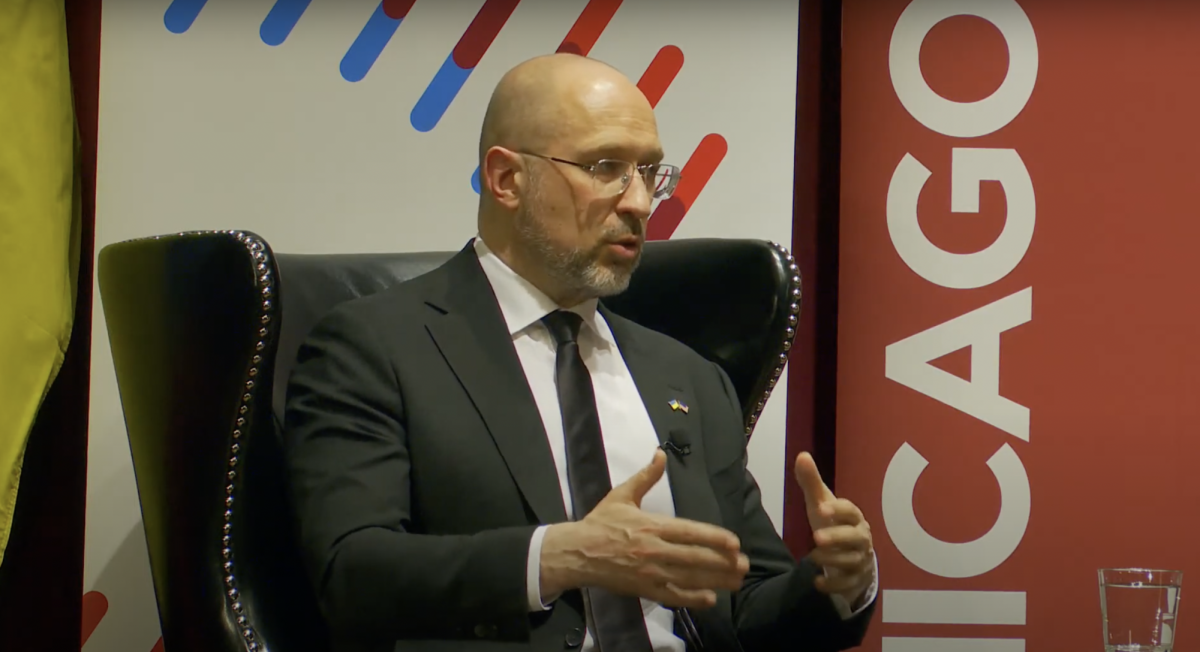Susan Sontag, a University of Chicago graduate who became one of America’s most controversial public intellectuals and achieved worldwide fame as an essayist, novelist and critic, died Dec. 28, 2004.
Leaving behind a legacy of daring and bravery in both her work and her life, Sontag died at age 71 of leukemia at Memorial Sloan-Kettering Cancer Center in New York, after 30 years of sporadic illness.
In addition to surviving cancer for three decades, she went to Sarajevo in the summer of 1993 to stage Samuel Beckett’s Waiting for Godot in a war zone.
Fearless in the face of public opinion throughout her career, she traveled to Hanoi during the Vietnam War and after September 11, 2001, stirred controversy by claiming that the hijackers “were not cowards.”
But beyond her divisive political declarations, she gained vast recognition and esteem for her myriad of endeavors. She wrote four novels, The Benefactor, Death Kit, The Volcano Lover, and In America, as well as a collection of short stories and several plays. Most notably, however, she wrote eight works of nonfiction, including Against Interpretation, On Photography, Illness as Metaphor, Where the Stress Falls, and Regarding the Pain of Others.
“I think she will be remembered best for her essays,” said University of Chicago Associate Professor of English Deborah Nelson. “Even 30 or 40 years later, these essays still remain fresh and enlightening. The same is not true of her early novels, which now appear mannered and dated. She had the power to name and describe sensibilities and genres that no one else could even see at the time.”
Sontag’s stories and essays appeared in The New Yorker, The New York Review of Books, The Times Literary Supplement, The Nation and Granta, among numerous other publications within the United States and abroad.
She first emerged on the literary scene in 1964 when the Partisan Review published her essay “Notes on Camp.”Over the next 40 years, Sontag explored both popular and elite culture with equal seriousness and perspicacity. She wrote scholarly critiques of cinema, science fiction, and disease, demonstrating the extent of her expertise.
“In an age of specialization, she was the consummate generalist,” Nelson said. “And she refused some of the divides that we find natural now: artist and critic, intellectual and activist, aesthete and moralist, political left and political right.”
Sontag’s efforts were remarkably rewarded. She won the 2003 Peace Prize of the German Book Trade, the 2003 Prince of Asturias Prize, the 2001 Jerusalem Prize, the 2000 National Book Award for In America, and the 1978 National Book Critics Circle Award for On Photography. She also won a MacArthur “genius” grant and was a MacArthur Fellow from 1990 until 1995.
Despite these accolades, Sontag had her critics. But while some may not have admired her writings, they respected her character and drive. “I did not (do not) have a good opinion of Sontag’s work,” philosophy professor Ted Cohen said. “Although I admire her tenacity and ability to make a career, especially as a woman, being a kind of public intellectual.”
Other Chicago professors who hold Sontag’s work in higher regard include it in their courses. English Professor Lauren Berlant said she assigns Sontag’s essays to her students. “Sontag’s writing is a fantastic resource for teaching undergraduates, because she raises serious aesthetic and ethical questions in graphic and passionate ways,” she said. “Her work on cancer, trauma, and torture shaped significant conversation in the trauma class I taught last year. The great value of essayists like Sontag when the work is smart, personal, and polemical, is that students feel spoken to and so can more quickly grasp the challenges she poses.”
Sontag was born Susan Rosenblatt on Jan. 16, 1933, in New York. When her father, a traveling fur trader, died of tuberculosis in China, her mother returned home and moved with her five-year-old daughter to Tucson. She then moved the family to Los Angeles after remarrying to a World War II veteran. Susan took the last name Sontag from her stepfather.
Exceptionally talented academically from a young age, Susan graduated from high school when she was only 15 years old. After one semester at the University of California, Berkeley, she transferred to the University of Chicago. She graduated in 1951 with both an A.B. degree in philosophy, and a husband. She had met the 28-year-old sociologist Philip Rieff, ten years her senior, and married him ten days after graduation.
Sontag wrote her first book, “Freud: The Mind of the Moralist,” in 1959 along with her husband, although they decided to attribute it solely to him. She divorced Rieff in 1958 after first having a child with him in 1952. Her son, David Rieff, survives her and lives in New York.
Sontag leaves a lasting reputation as “the most famous woman intellectual of her generation,” Nelson said. “She taught a generation how to see and understand certain phenomena that were strange and unfamiliar. She taught intellectuals how to understand popular art forms; she taught the general public how to view avant garde art.”









